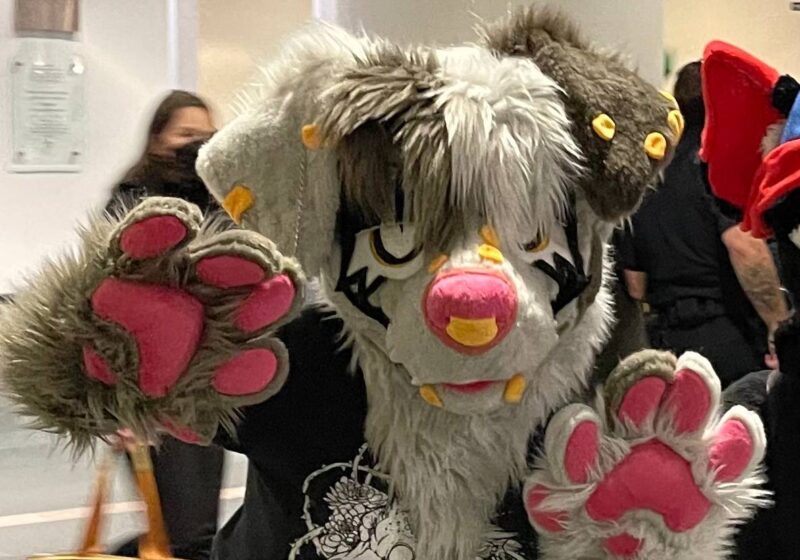The University of Rochester’s Center for Emerging and Innovative Sciences (CEIS) was recently reinstated as a New York State Center for Advanced Technology (CAT) and awarded $9.2 million in funding over 10 years.
CAT, which is supported by the New York State Division of Science, Technology and Innovation (NYSTAR), was created in 1983 to support collaborative technology research between New York’s top research universities and New York state industries. There are 15 CATs, and each CAT is designated for a period of up to ten years, thereby making the application process competitive.
CEIS has been a CAT since 1992. The recent designation enables CEIS to continue their work with Rochester researchers and New York companies with NYSTAR funding until the next renewal in 2025.
Over the last 10 years, the center has supported a diverse range of projects in optics, photonics and imaging that generated $702 million in total direct economic impact. 200 jobs were created and 239 were retained.
For companies, there are many benefits to working with CEIS. The Center matches funds for research sponsored by companies, which magnifies the impact of the research, and helps the companies become more competitive.
CEIS director Mark F. Bocko, who is also the professor and chair of electrical and computer engineering, had worked with several of the companies that collaborated with CEIS. “Before I became the director of CEIS, I did a lot of research with companies in Rochester and Buffalo area with funding from CEIS for many years.”
CEIS works primarily with regional companies, and its work has evolved due to the changes in the industries and the companies that it works with. In the earlier days of CEIS, the center collaborated with several large companies such as Kodak and Xerox, whose work generated great economic impacts in the region each year.
“We did a lot of work with Kodak,” Bocko said. “When you have a company that was the size Kodak used to be, one project can [have] a small effect, but they may sell millions of that product. So when you are working with a big company, it’s much easier to amplify your efforts because they are in much bigger markets.”
In recent years, with the downsizing of Kodax and Xerox and other changes in the region, the Center now works with mostly small and medium sized companies. In response to the diversification in the region, the Center has also expanded its support of projects in areas such as biomedical engineering, energy and electronics.
Bocko said that the researchers are “throughout the school and many of them are at the Rochester Institute of Technology (RIT) too. It’s people from all across engineering, chemistry, physics. Approximately 20-30% of the researchers the center has supported are at RIT.”
For 20 years, NYSTAR was the sole source of funding. “At the most of it was approximately $2 million, but around 2010, it has been [$920,000],” said Paul Ballentine, the executive director of CEIS who joined the center in 2010. “Now [$920,000] is not a lot of money for all that we are doing.”
In 2012, CEIS began to pursue and apply funding from federal agencies. The federal grants the Center receives are used for similar things as the New York State grant but allow CEIS to play a leading role in efforts in other sectors such as manufacturing.
Nevertheless, New York state remains the primary source of funding for the work of CEIS; with the renewal, CEIS will able to continue its mission of “Research + Industry = Transforming Technology.”
Other work that CEIS does to revitalize regional and state economies includes market research and analysis and the Annual University Technology Showcase. The center also offers scholarships for Optics, Photonics and Imaging Continuing Education courses; it also holds seminars, workshops and panels.
Wu is a member
of the class of 2018.
